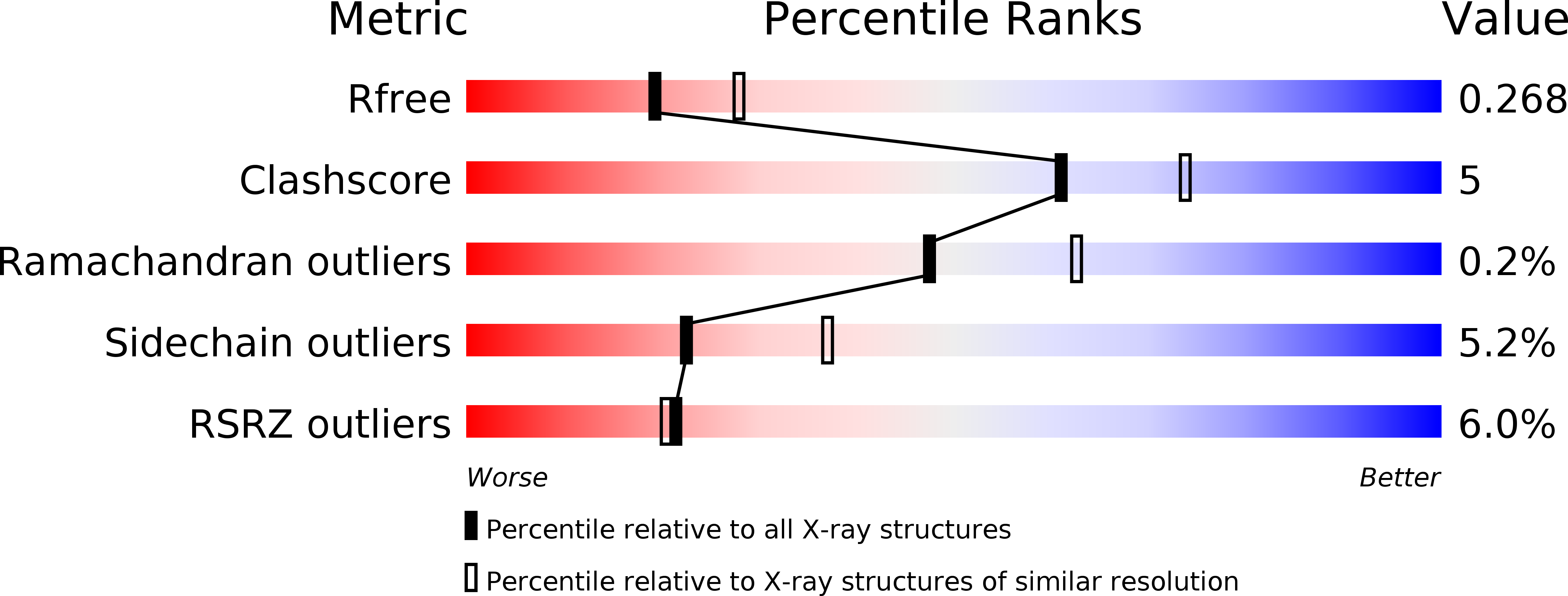
Deposition Date
2010-01-26
Release Date
2010-05-05
Last Version Date
2024-04-03
Entry Detail
PDB ID:
3LJB
Keywords:
Title:
Structural basis of oligomerisation in the MxA stalk
Biological Source:
Source Organism:
Homo sapiens (Taxon ID: 9606)
Host Organism:
Method Details:
Experimental Method:
Resolution:
2.40 Å
R-Value Free:
0.25
R-Value Work:
0.19
R-Value Observed:
0.19
Space Group:
P 1


